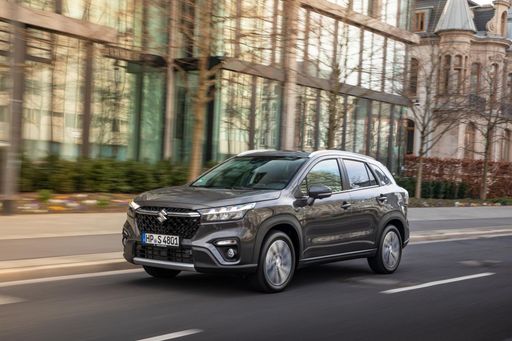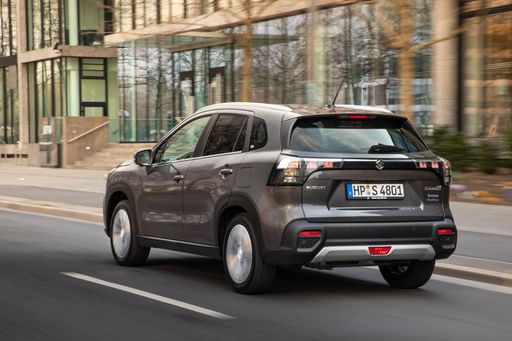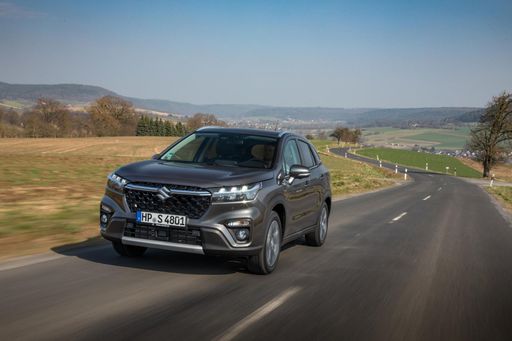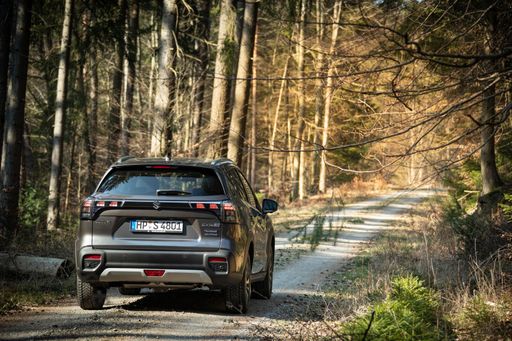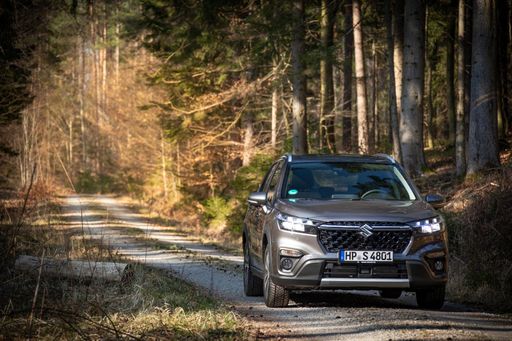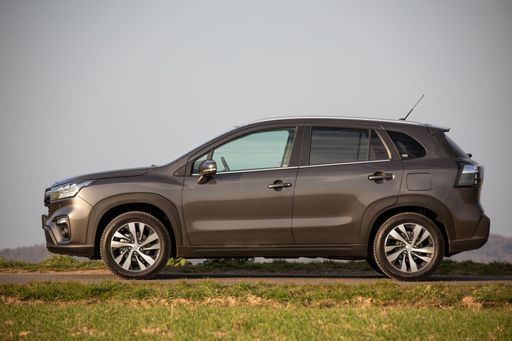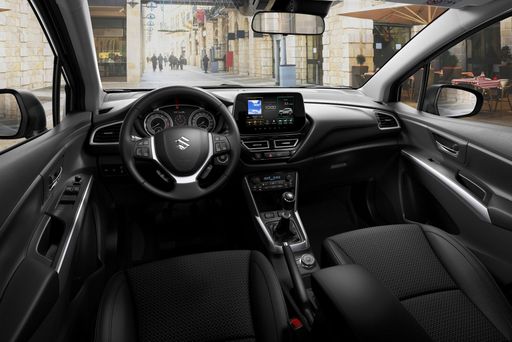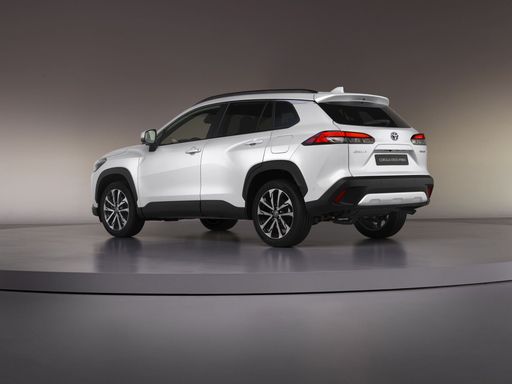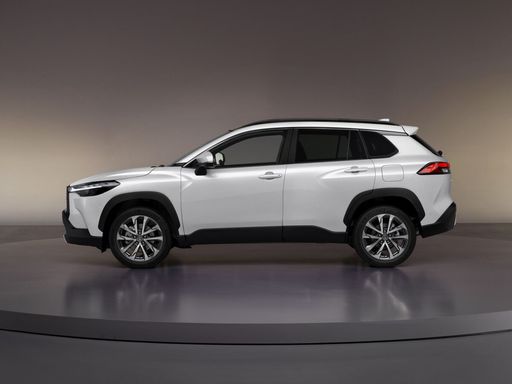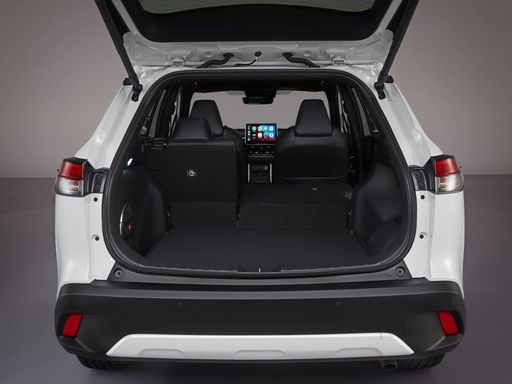Street Swagger vs. Quiet Confidence
The Suzuki S-Cross arrives with a cheeky, eager-to-please manner that makes urban corners feel like a small adventure, while the Toyota Corolla Cross plays the role of the composed professional—smooth, steady and unfazed. On twisty roads the Suzuki’s lighter touch rewards quick direction changes, whereas the Toyota trades a little agility for a more assured, planted feel that soothes long drives. Both have character; one flirts, the other keeps your attention with quiet competence.


